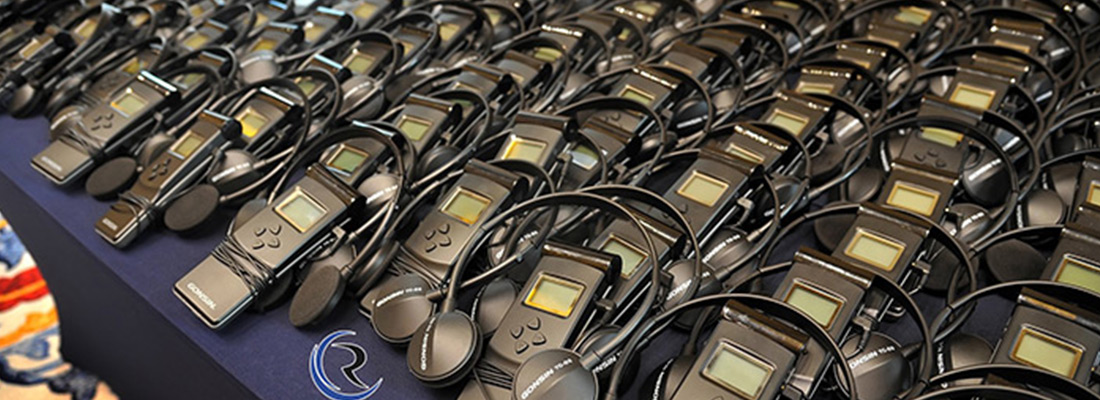Resources
Products
NEWS
Transitioning to a paperless meeting system requires careful planning and effective implementation to ensure a seamless and successful shift. In this blog, we will explore best practices for organizations looking to adopt a paperless meeting system, from choosing the right technology to promoting user adoption and addressing potential challenges.

Before implementing a paperless meeting system, it's crucial to assess your organization's specific needs and goals. Identify pain points in your current meeting processes and understand the desired outcomes of going paperless. Consider factors such as the number of meetings held, the size of your organization, and the level of collaboration required. This assessment will help you choose the most suitable paperless meeting solution that aligns with your objectives.
Choosing the right paperless meeting system is a critical step towards successful implementation. Look for a solution that offers user-friendly interfaces, seamless integration with existing software, and robust security features. Consider solutions that support multiple devices and operating systems to accommodate the diverse preferences of meeting participants. Request demos and trial periods to ensure that the chosen system meets your organization's unique requirements.
To ensure a smooth transition to a paperless meeting system, proper planning and user training are essential. Involve all stakeholders in the process and communicate the benefits of going paperless, both from an environmental perspective and in terms of increased efficiency and collaboration. Offer comprehensive training sessions for all meeting participants, highlighting key features of the new system and providing hands-on practice. Encourage feedback during the training phase to address any concerns or challenges proactively.
Data security is a primary concern when adopting a paperless meeting system. Implement robust data management and security protocols to safeguard sensitive information. This includes secure data encryption, access controls, and regular backups. Establish clear guidelines for document sharing and access permissions to ensure that confidential information remains protected. After the implementation of the paperless meeting system, continue to monitor its performance and gather feedback from meeting participants. Assess the system's impact on meeting efficiency, collaboration, and cost savings. Identify areas for improvement and address any challenges that arise. Continuous improvement is vital for optimizing the paperless meeting experience and maximizing the benefits of the new system.
Implementing a paperless meeting system requires careful planning, user training, and secure data management. By assessing organizational needs, selecting the right system, planning for user adoption, implementing data security measures, and continuously monitoring and improving the system's performance, organizations can successfully transition to paperless meetings. Embracing this eco-friendly and efficient approach enhances collaboration, streamlines workflows, and contributes to a more sustainable future for businesses and organizations.